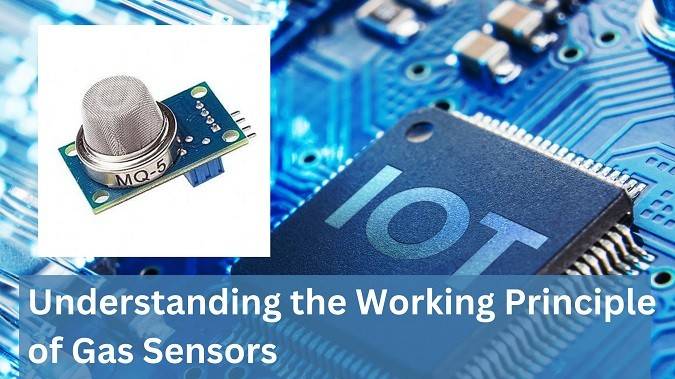
Understanding the Working Principle of Gas Sensors
Learn the working principle of gas sensors, their types, applications, and advantages.

© 2024 Crivva - Business Promotion. All rights reserved.